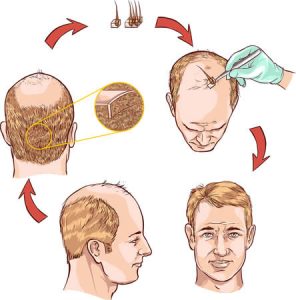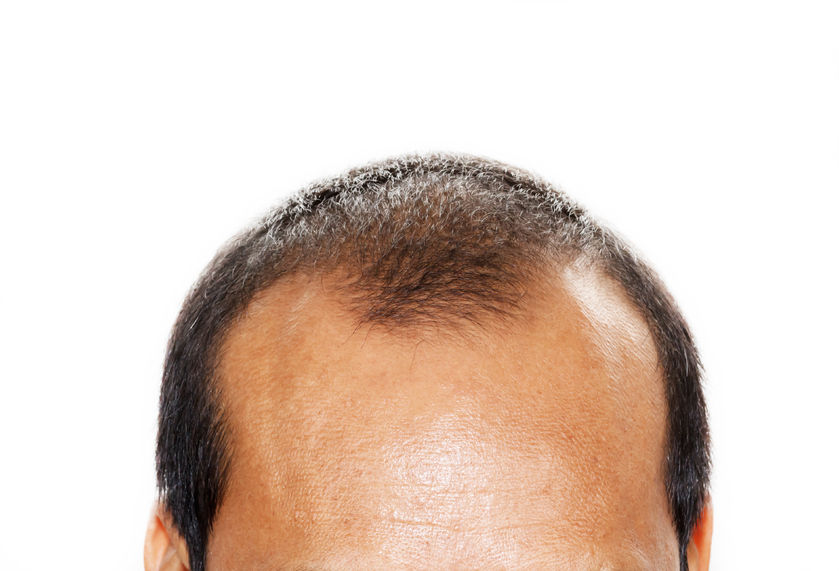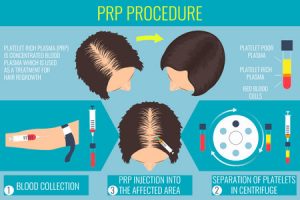If you have ever woken up to a pillow full of hair that used to be on your head, or each time you brush your hair it seems the brush as more hair than your head, you could be suffering from alopecia, or more commonly known as hair loss or balding. There are external factors that we can control such as stress, diet, illness, and medication. They contribute to less than 7% as to why we experience hair loss. The remaining 93% can be attributed to our genetics. And unfortunately, this is out of our control.
What treatment options are available for hair loss
There are both surgical and non-surgical options available when it comes to hair restoration. Both have their pros and their cons, and it depends on each individual which course of treatment they are most comfortable with. When considering which is the best option for you, consider the following: what stage of baldness you are at, how fast you are looking to regrow your hair, and what budget are you working with. Below are the popular options for hair restoration.
 Hair transplant for permanent hair restoration
Hair transplant for permanent hair restoration
With the advancement of technology, and more specialists practicing in this field, hair transplant is fast becoming a popular option for hair restoration. The declining costs of hair transplants have also contributed to this being a popular option for hair restoration seekers. There are two main techniques when it comes to hair transplants. They are the FUT and the FUE method. Hair is taken from the back of your scalp and then transplanted to the required areas on your head. This provides the most permanent results which don’t require any ongoing or follow-up treatments. Although many hair loss suffers do choose to combine it with PRP treatments to get optimal results. The most popular destination for many hair transplant patients is Turkey, predominantly because of its geographical location to many in Europe and the Middle East, their reputable hair transplant industry and their very affordable price points. You can read more about undergoing a hair transplant in Turkey in one of our articles.
Platelet-Rich Plasma (PRP) to avoid hair loss
PRP is another popular hair restoration treatment for both men and woman that desire a non-surgical state of the art procedure to get natural looking results. The treatment works by using a thin needle of your own blood, which is then treated before it is injected into your scalp. This treatment is derived from the knowledge that your blood contains natural growth factors which can stimulate the scalp and cause hair regrowth.
Drugs and lotions for hair regrowth
For those on a budget, this is usually the first option chosen. It is a non-surgical approach and does not require any time off. Rogaine and Propecia are the most popular options and are currently the only ones approved by the FDA for the treatment of alopecia.
Rogaine is applied by directly rubbing it onto the scalp but has a poor success rate with less than 14% of people that use it experience hair regrowth. It has however been a good option for those looking to slow down the hair loss.
Propecia, on the other hand, does have better success rate but it does come at a cost with some men reporting a drop in their sex drive and some men reporting side effects such as erectile dysfunction. In most cases, once you stop taking the medications the hair regrowth results may not be maintained.
Laser therapy for hair loss
Popular in the late 90s due to the celebrity endorsements it was receiving, this technology works by using laser therapy to revitalize and nourish hair follicles and the idea is it should give you results of thicker and fuller hair. Although the reviews on these products and my personal experience have found they have not lived up to their promise, many are still able to achieve hair regrowth through this method.














